Joe Biden won the Democratic primaries earlier this year but does not officially become the party’s candidate for president until endorsed at the 2024 Democratic National Convention in Chicago, which takes place from August 19th-22nd.
There is no formal mechanism to replace him as the presumptive nominee, and such a move would be the first time a US political party has attempted to do so in modern times.
In effect, the only option would be for Biden to agree to step aside and allow the delegates he won in the primaries – who vote to nominate a candidate at the Chicago convention – to choose someone else.
There is no legal requirement for delegates to vote for the person who won in the primaries, but they are asked to vote in a way that “in all good conscience reflects the sentiments of those who elected them”.
RM Block
Were Biden to step aside, he may try to name someone – most likely his vice-president, Kamala Harris – as his preferred candidate, which would carry some weight with delegates but would not be binding.
The most drastic course of action open to Biden – resigning the presidency – would make Harris president. But that would not automatically make her the Democratic nominee for 2024.
If a candidate were to be chosen at the Chicago convention, that would make what is conventionally a highly choreographed event, where a party presents its nominee to the public over several days, into a much more volatile open, or contested, convention – a rarity in modern US politics. About 700 party insiders, who may not be united, would have the choice of picking a new candidate. They would then have only three months to unite behind and campaign for them before the November election.
There is no clear frontrunner, but here are some possible options:
Kamala Harris
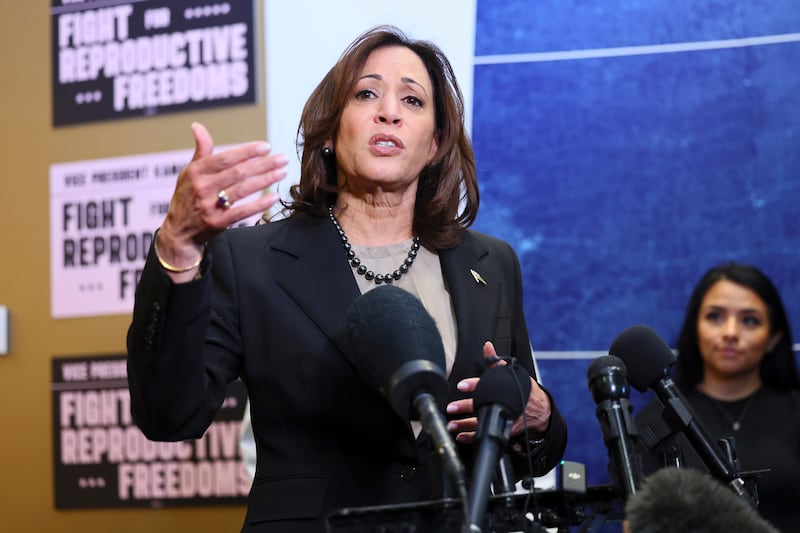
The most obvious pick would be Biden’s vice-president. She has been widely criticised for not carving out her own role in the Biden administration and has poor polling approval ratings, suggesting she would struggle against Donald Trump in the glare of an election campaign. The 59-year-old was backing Biden after the debate, but may be the easiest for the party to instal as a replacement. Moreover, if Biden should choose to resign now, Harris would automatically become president.
Gavin Newsom

The 56-year-old California governor was in the spin room on Thursday night talking down any alternatives to Biden as nominee, saying it was “nonsensical speculation”. He had a primetime debate last year with the Florida governor, Ron DeSantis, which could be a presidential match-up of the future, and has made a point of supporting Democrats in elections away from his home state, which looked, at times, like a shadow White House campaign.
J B Pritzker
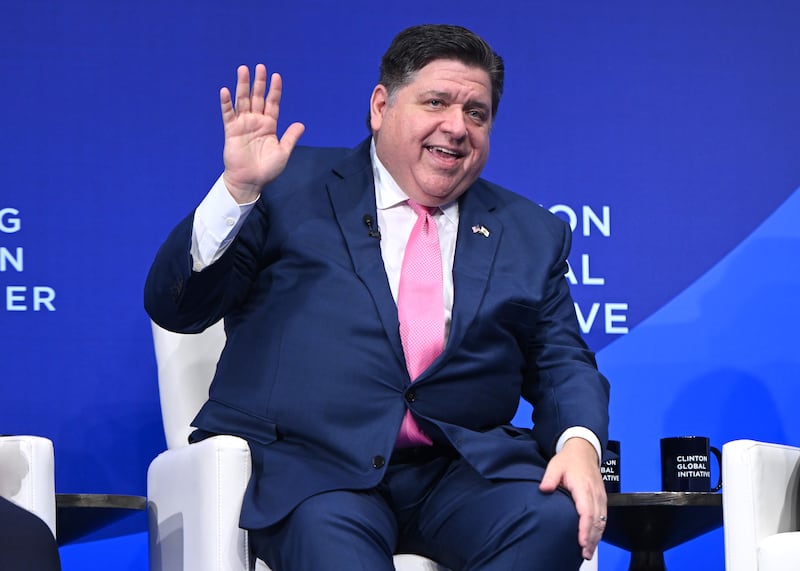
The 59-year-old governor of Illinois would be one of the wealthiest of possible picks. He can flourish his credentials of having codified the right to abortion in Illinois and declaring it a “sanctuary state” for women seeking abortions. He has also been strong on gun control, and legalised recreational marijuana.
Gretchen Whitmer
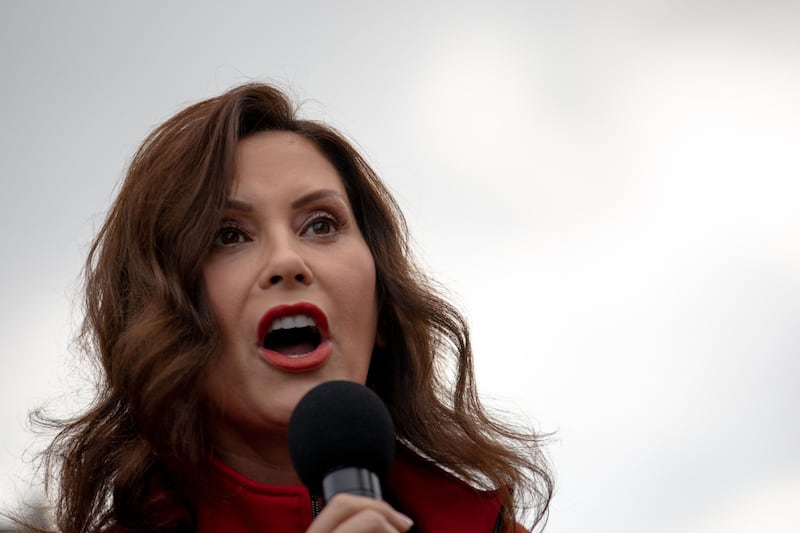
The Michigan governor (52) was on the shortlist for vice-presidential pick for Biden in 2020, and a strong showing in the midterms for the Democratic Party was in part attributed to her governership. She has been in favour of stricter gun laws, repealing abortion bans and backing universal preschool.
Sherrod Brown
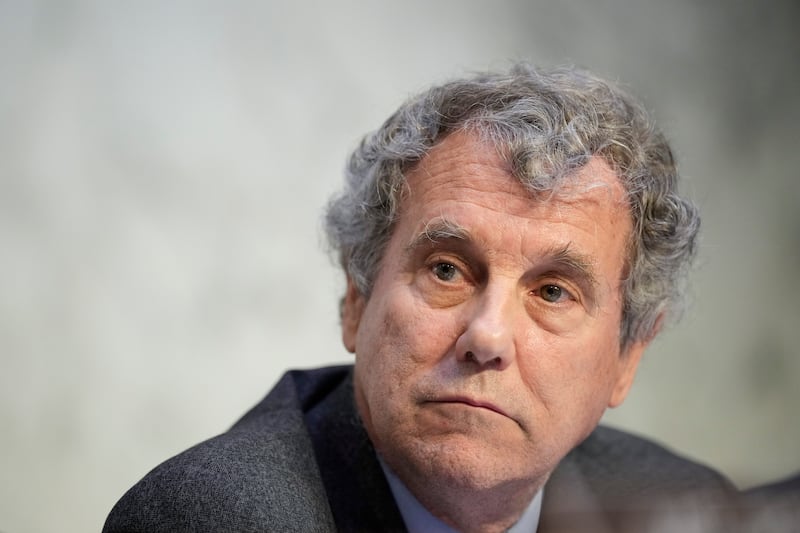
The 71-year-old would be the oldest of the alternate picks, but is still seven years younger than Trump. It was considered a surprise when he did not have a tilt for the Democratic nomination for 2020, at the time saying remaining as Ohio’s senator was “the best place for me to make that fight” on behalf of working people. A strong voice on labour rights and protections, he has also spoken defending IVF and abortion.
Dean Phillips
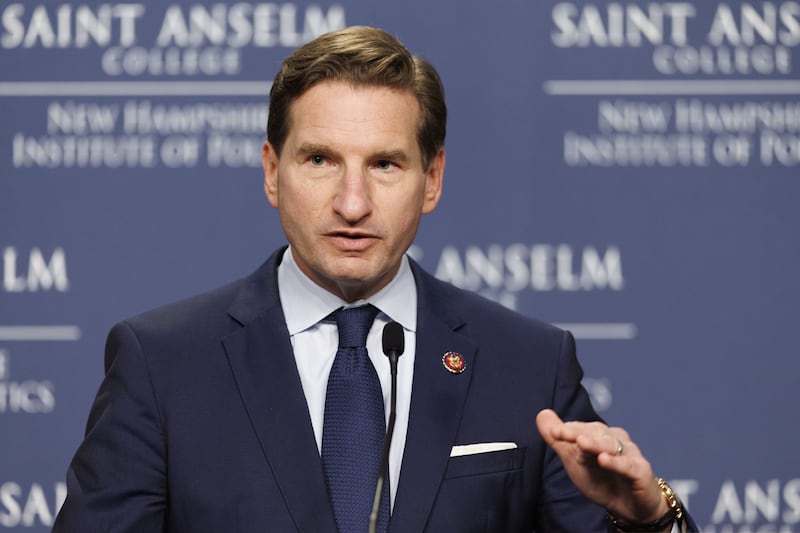
A candidate during the Democratic primaries earlier this year, the Minnesota Congressman won some backers but failed to appeal to the broader party, winning no contests, and so is unlikely to be a factor if Biden steps down.













